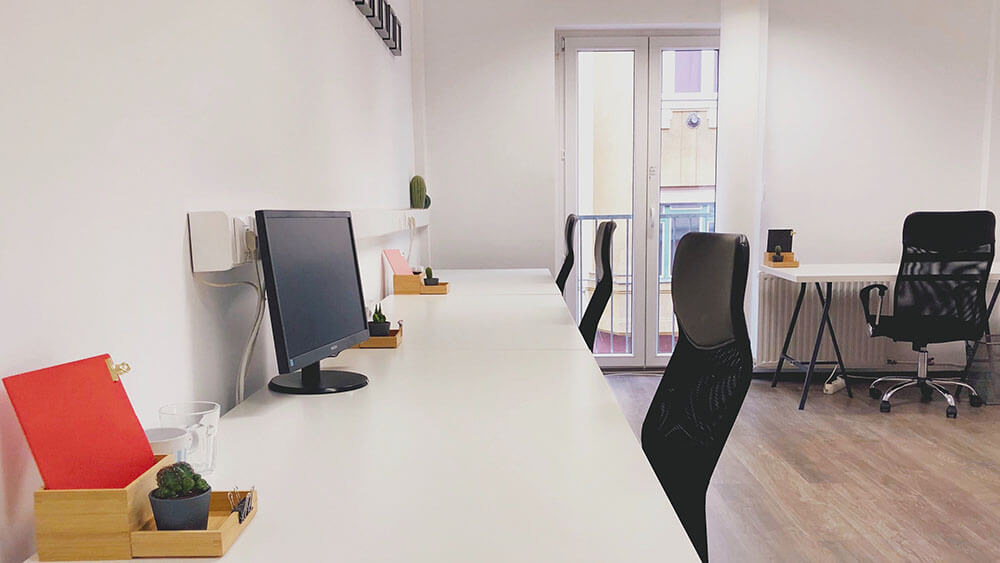By JOE HARRIS
IT’S OFFICIAL: Thursdays are the new Fridays.
Thursday is the most popular day for commuters to meet after work for a social evening, according to TFL data. Access control data shows office occupancy peaking at 46 percent on Wednesdays, compared to 35 percent on Mondays and less than 30 percent on Fridays.
It’s clear that our patterns of working have undergone a significant shift.

Commuting to the office on Tuesdays, Wednesdays and Thursdays (TWaT) while working from home for the rest of the week has become a fairly common working pattern. It’s more than just a trend; it’s a movement.
As with most things, there’s a catch. What might seem great for employees is creating challenges for organisations. There are unpredictable trends in office use, with difficulty arranging in-person collaboration amid escalating property costs. The TWaT pattern also poses another challenge — what do we do with the buildings on Mondays and Fridays?
More than a third of desks in offices around the globe are unoccupied all week, and many organisations have long-term leases that they are still obliged to pay. Many are downsizing their offices to cut costs. ESG ratings of office spaces are driving a “Flight to Quality” as organisations such as HSBC shift into smaller, greener, and more connected buildings.
Office setups with assigned desks for each employee are giving way to a leaner, shared-desk model. Organisations have realised they must do more with their empty space.
But that’s only half the story.
The office needs to be more than just a desk. It’s a space for employees to connect, meet visitors, and showcase the brand. Well-designed offices feature quiet spaces for focused work, coupled with the buzz of collaborative efforts.
Taking the approach of an “office magnet” can create opportunities to distribute office occupancy more evenly throughout the week. Employees are enticed with incentives and experiences. From team “lunch-and-learns” and in-office events to on-site childcare services for staff and “anchor days” — full attendance days. These incentives can help prevent overcrowding on certain days.
In contrast is the “mandate approach”, a different take on the problem, with specific attendance requirements. Linking pay to office attendance might seem effective, but it’s an unpopular option with workers.
Employers should foster collaboration, getting people to choose to be part of something, rather than being forced to.
Over three quarters (76.8 percent) of employees consider technology as the most important element for success in a hybrid work model. It’s vital in helping organisations adapt to the evolving workweek, where tools and systems can facilitate scheduling, monitor occupancy, and provide data-driven insights.
With workplace reservations software, colleagues can understand when their key people are planning to be in the office, and plan accordingly. Organisations also gain insights into occupancy patterns.
Tech can also install gentle reminders. A notification pops up on a remote worker’s desktop saying: “Beth is in the office on Friday, would you like to join?” These subtle nudges serve as digital breadcrumbs to lead employees back to the office.
Given the value placed on flexibility and autonomy, it’s unrealistic to think we’ll ever go back to the traditional workweek. And for many, that’s a good thing.
But the transformation must be handled in the right way, so that the new pattern works for everyone. The shift means handling office occupancy the right way, and making the most of office space on Mondays and Fridays.
It’s not about breaking the midweek mould, it’s about unlocking the full potential of our workplaces. We have the tools to do so.
Joe Harris is a workplace technology specialist at Matrix Booking




























